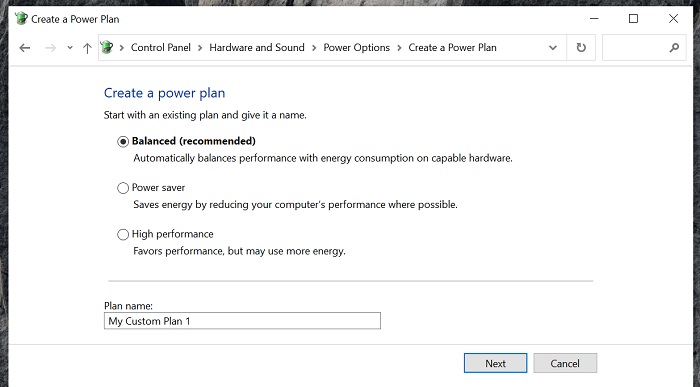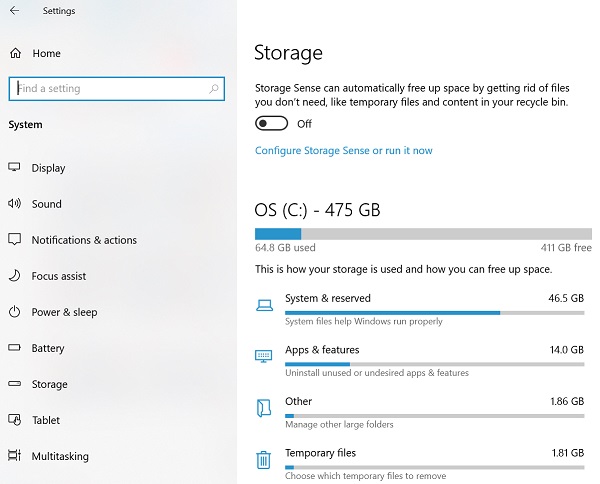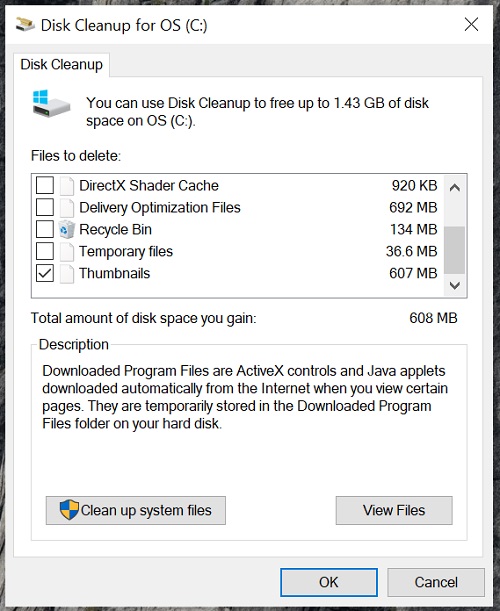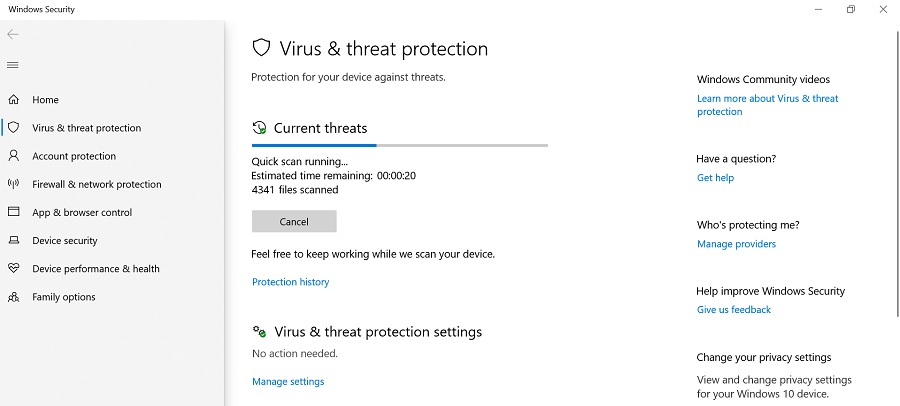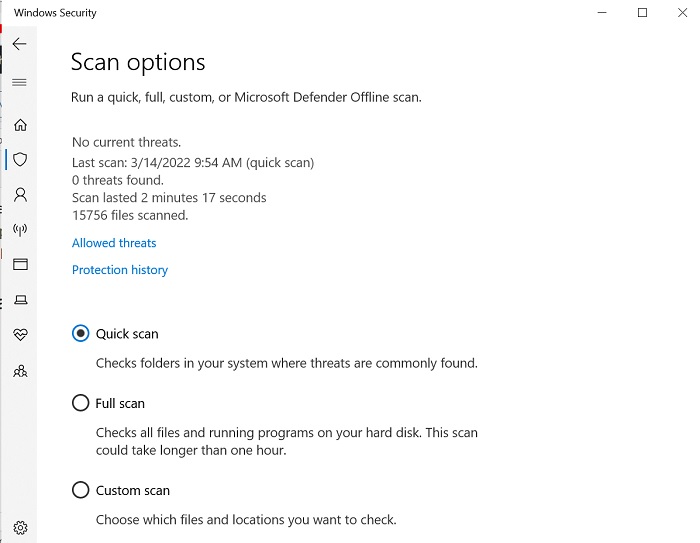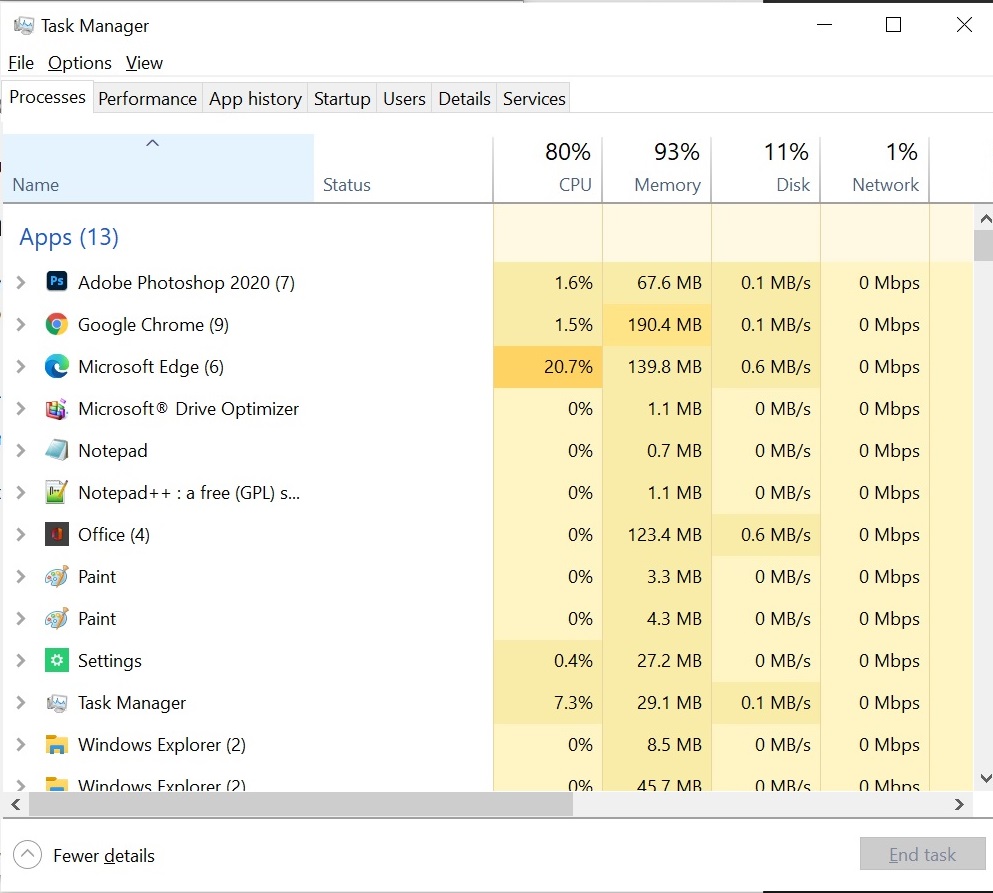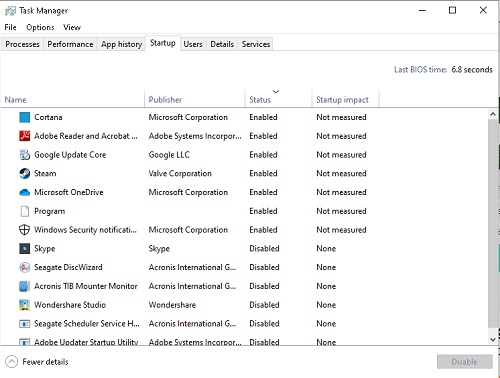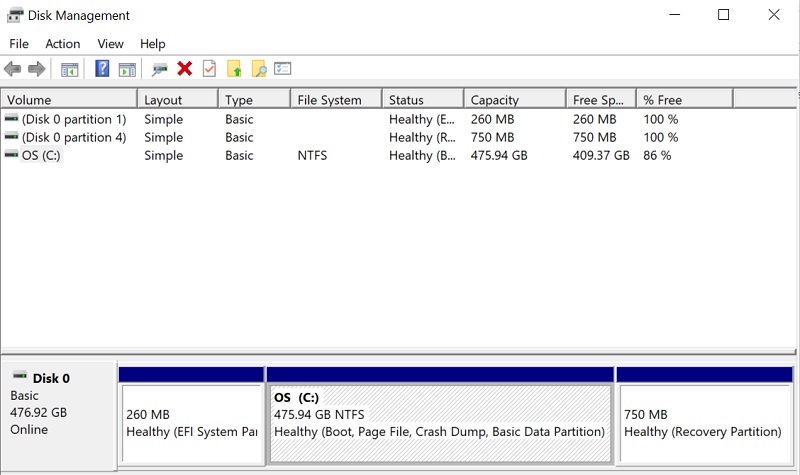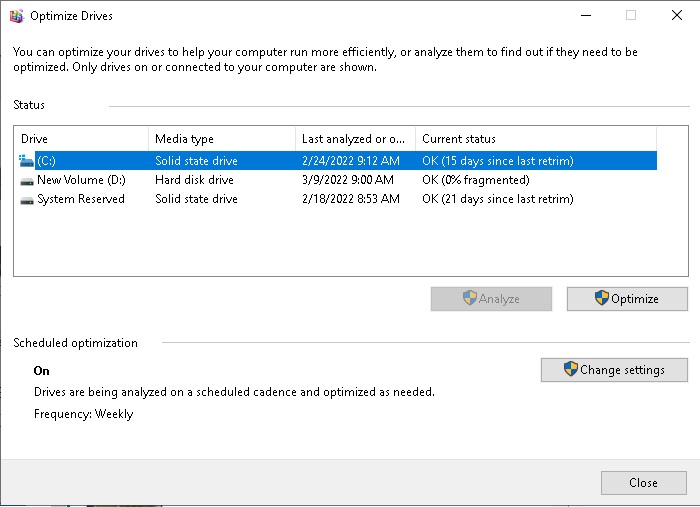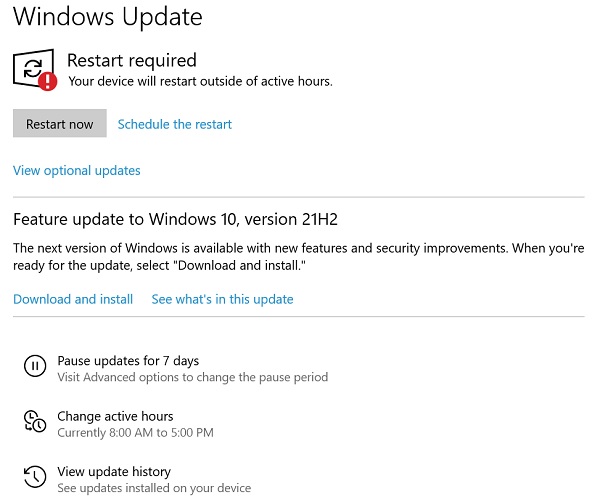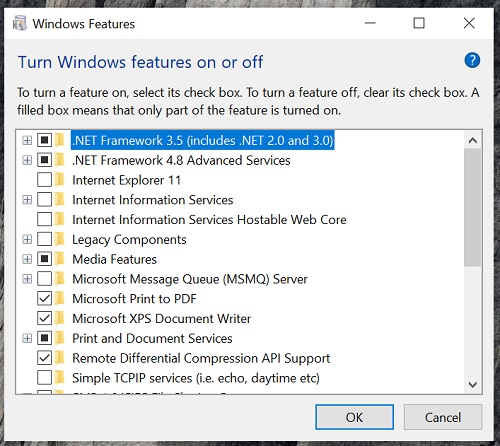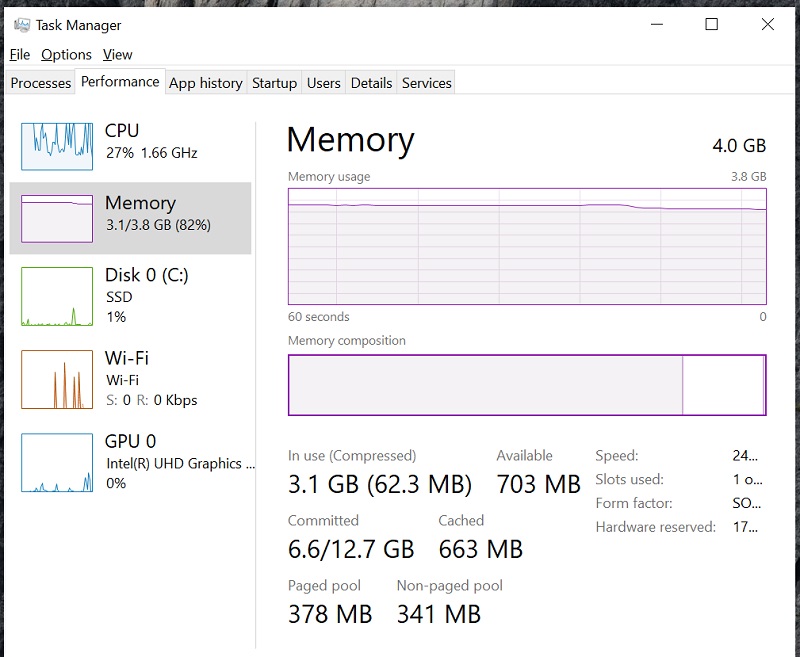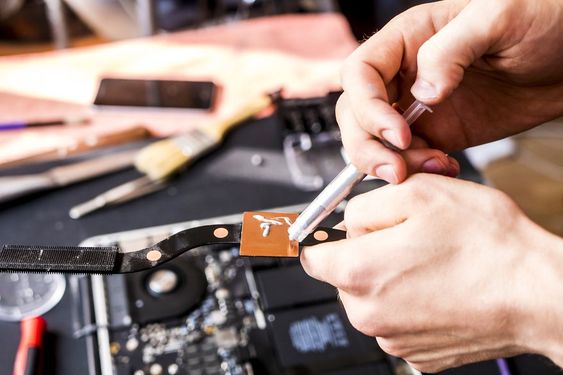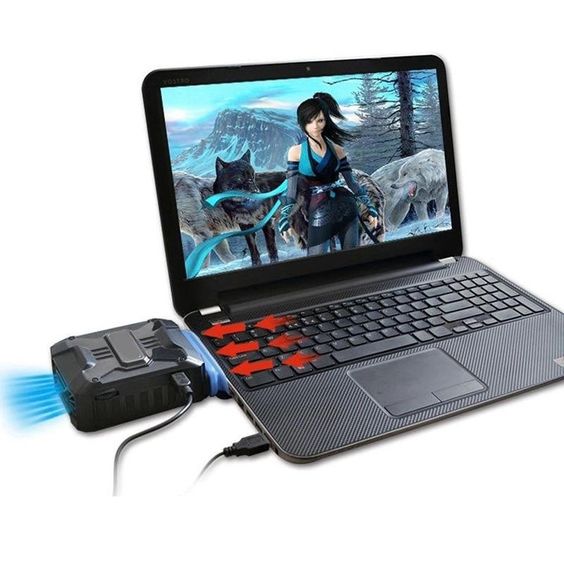Olidtech.com – If you have an older type of computer and laptop, you may experience with slow response problem. It may be frustrating to continue getting these issues. Moreover, some laggy or unresponsive programs would rile up your patience. Slow response in some program may indicate your laptop need treatment to regain its speed. Common folk may don’t know how to fix a slow laptop, but some proper and simple ways can repair your laptop in meantime. If you have some budget to upgrade your laptop, it is feasible to try.
These are some tips to fix your laggy and slow laptop in soft and hard ways. We categorized soft ways like tweaking your configure system and some simple clean-up on the laptop. While the hard way is calibrating the hardware or adding some accessories to fix up this matter. Read this article to restore your laptop speed like its former self.
The keyword To Fix a Slow Laptop
- Change Setting Performance On Your Laptop
- Clean Up Unnecessary Files
- Check Malware By Full Scan Antivirus
- Prioritize Your Important Program
- Disable Some Program On Startup
- Rescale Operation System Partition
- Manage Your Animation and Graphic
- Defragment Your Disk To Better Performance
- Update Your Current Operating System and Get The Lastest Driver
- Try The Windows Feature To Configure Your Needs
- Add RAM To Accelerate The Reading System
- Change Your HDD With SSD
- Your Thermal Paste Is Drying
- Put On Cooling Accessories To Lower The Overheat
- Clean Your Laptop Physically
The Soft Ways To Repair Slow Response Laptop
At this time, we try to fix up your laptop with simple configuration and cost-effective tips. For example, changing your computer setting to balance mode or removing unnecessary files can lighten up your laptop workload. Below are some proper ways to bring back your laptop power.
Change Setting Performance On Your Laptop
Sometimes, you don’t get why your laptop is so slow suddenly. That is caused by your preference cycle worktime and adjustable power setting. An operating system like windows has a power setting to adjust your needs while working. The high operating program needs tremendous power to run it. That action will vastly deplete the battery and slow your system gradually. To solve this problem, you should change your performance setting.
Costuming your performance is simple if you know how to get there. Here are steps to change your preference power setting properly (Windows 10):
- Click the search and type ‘Control Panel‘.
- Tap on Hardware and Sound.
- Press the Power Option.
- Click Create on Power Plan on the left side menu.
- Choose your preferred plan and click Next.
- Setting your laptop as your need like adjusting your laptop to sleep or when to turn off the display while you are away from the keyboard and tap create when you have done.
The three default option is Balance, Power saver, and High performance. The Balance option makes your laptop automatically choose the best way to balance high and low input power on the program. Power saver one is the most efficient way to preserve the remaining battery to run a laptop but it would sacrifice performance to maintain the laptop keep on. Lastly, the High-performance option is the highest power input to speed up your laptop performance to its limit, yet you need to plug in your charger to stabilize power input.
There are also other performance settings if you have a dedicated graphics card on your laptop like Nvidia or Radeon. Their setting is based on their driver and it can boost up your slow laptop.
Clean Up Unnecessary Files
To begin with, An older laptop has low storage both. Moreover, low remaining capacity also can slow laptop performance, especially in reading and writing files within Operation System. Cleaning it for a while can freshen your laptop and help it to run smoothly. Here is how to check your laptop’s overall usage:
- Launch the setting program by clicking the windows icon and tapping the setting.
- Press System section.
- Scroll the left sidebar to find Storage and click it.
The overall file can be checked this way to determine the next action you will choose. In addition, hard Disk Drive (HDD) and Solid State Drive (SSD) storage can’t be fully used for extending their lifespan. HDD is safe to use up to 90% of their capacity, while SSD is up to 70% of their full capacity because of their different way to store up files. If the indicator turns red, it means your storage is nearly full and needs to loosen up. You can back up into other storage or clean it by deleting unnecessary files that build up within the system.
Here are steps to clean up your laptop by Disk cleanup program:
- Tap Search with magnifying glass icon and type ‘Control Panel‘.
- Click on System and Security.
- Go to the Administrative tools section and press Free up disk space.
- Choose your temporary file and other option to clean up your disk and press Ok to execute the program.
Other programs besides default can be used such as the tune-up program to clean up your laptop. It can efficiently arrange the file that needs to be deleted. However, this third-party program can harshly delete necessary files since it automatically inspects files depending on their usability. If you can selectively spot the important program file while cleaning up with the tune-up program, it will prevent collateral damage caused by these programs.
Check Malware By Full Scan Antivirus
Infested laptops by certain malware also can slow down the laptop and can be frozen or unresponsive while you working. Moreover, dangerous malware is not only bothering your system, some of them can steal your personal data while stoping certain programs to run. Windows have a default program called Defender to detect and delete this pesky malware, but it can be manually scanned at your will.
Here are steps to full scan your laptop with Windows Defender:
- Tap on the Windows icon in the bottom-left corner.
- Click the gear-like icon (Setting).
- Open Update & Security section.
- Click Windows Security on the left menu section and tap Open windows security.
- Tap on Virus & threat protection.
- In the Current Threat section, click on the Scan option.
- Choose Full scan and press Scan now to run the program.
If you have an updated Operation System, this action can do auto and clean up pesky viruses and malware. However, third-party applications with antivirus systems are also good as alternative protection for your laptop. To protect your personal data, another article can show you how to secure it.
This scanning can be slow progress depending on how much your data is stored on your laptop. Another option is to choose a custom scan to specify the scanning area that you suspect that location has malware on it and shorten scanning time. After you remove the malware, we hope your laptop regains its former speed and helps your work efficiently.
Prioritize Your Important Program
Your laptop couldn’t keep up with the enormous program running at the same time. Moreover, if your laptop has limited resources to run the program, forcing this action can freeze up the screen, make your laptop unresponsive, and blow up your motherboard with excessive heat. You should prioritize your program and limit other programs to reserve the resource.
Here to check and close other programs that consume your resource by using task manager:
- Go to Task Manager by right-clicking the mouse on the taskbar and pressing Task manager.
- Tap on the Processes tab and observe the apps that still running.
- Select the program by clicking it and tapping End task one by one.
You can find background processes that support the main program to run with the task manager by scrolling to the bottom. If you understand the support program, you can search for the suspicious program on the background process, search the root file, and delete it since it also can be malware. Some programs also need to run on a background process for communicating with the server and serve as a backup plan if your program is troubled. Yet, you can end the task if you want to speed up your laptop on another prioritized program.
Disable Some Program On Startup
In general, Windows run a startup program after you turn on the laptop. However, some startup is irrelevant to your needs. Overloaded startup programs also can feed up your resource and slow down your laptop. To fix this, you can adjust your startup program to match up your need and fasten your laptop.
Here to control your startup program:
- Launch the Task Manager.
- Tap the startup bar and find unnecessary programs with Unable status.
- Choose the program by right-clicking the mouse and clicking Disable to prevent it run.
Another way to launch Task Manager is by searching it on run in windows 7 or search tab in windows 8 and 10. With limiting the startup program, your laptop will run the essential programs and load faster than before.
Manage Your Animation and Graphic
As windows feature, visual effects are added to the system for a better experience and make it a user-friendly Interface. Despite its good-looking appearance, it needs resources to run it. If your old model laptop is forced to have this feature, It would be hard to operate the interface and slow the laptop’s overall performance. Fortunately, it can be adjusted freely with a simple step to configure it.
Here is how to configure the performance option:
- Launch the Setting app.
- Tap the System.
- Scroll left sidebar to find the About section and click it.
- On right sidebar, click on Advanced system settings
- After pop-up menu appear, tap to Advance tab and click on Performance ‘Setting‘.
- Performance option appears in a pop-up, you can configure it as you need or select Adjust for best performance to save time and click OK.
Limiting this feature may improve laptop performance. Moreover, set your performance option like animation or graphics to smooth your laptop operation at a later time.
Rescale Operation System Partition
If you have huge hard drive storage it may have the advantage to store up more programs and files. However, having an unbalanced portion of dividing storage can slow down your laptop. The hard drive usually can be divided by its function, the first one is for running the operating system and the other portions serve as file storage.
Small storage space on the operating system partition can limit the performance and hard to speed up the performance. Call your friend with tech service experience to rescale the partition. Rescaling the size of the partition can help you manage files and improve better performance on the hard disk drive. This method basically resizes the storage but in some cases can crash your system and force you to reinstall the operating system. So, take your own risk if you use this method for fixing slow laptops.
Defragment Your Disk To Better Performance
The main uses of your hard disk in a laptop or computer are writing, moving, and reading your file or data. It is nothing more complicated job and just do ticking sound within it. It is a kind of simple task, but it need immerse precision to do that. To begin with, your file like music and video mostly have fragmented form and hard disk recollect it into one delicate file. If the scattered fragment is too far away from each other, they need more time to collect them and slow the process.
Defragment on a hard disk is crucial to properly arrange the fragment and boost reading work at a later time. If you have an external drive, It also can be defragged by this method.
How to defrag your hard drive is simple (For Windows 10 and 8):
- Tap your search with a magnifying glass on it.
- Type ‘Defragment and optimized drives‘.
- Click on it and it will pop a new menu.
- Check your all drive on a laptop by clicking Analyze.
- Choose your hard drive and start to defrag by clicking Optimize.
Here is how to defrag your hard disk in Windows 7:
- Click on the windows menu and tap the Control panel.
- Choose System and security.
- Scroll to the Administrative tools section.
- Click on Defragment and optimized drives.
- Press Analyze to check drive and click Optimize to execute the program.
For additional information, Hard disks can be defragged to the extent of their read capability, but not for solid-state drives (SSD or NVME). These kinds of drives are the newer version of the hard disk that doesn’t need defragmenting. If your laptop using SSD, don’t do these tips. It has an opposite effect on your SSD if you defrag it such as feedings up the write cycle and eventually slowing down your laptop.
Update Your Current Operating System and Get The Latest Driver
Frequently updating your operating system can prevent bugged issues that may happen to your computer. Moreover, Up-to-date drivers also can accelerate your laptop performance. Here is the way to check your windows and driver:
- Open the Setting program by clicking the window icon and pressing the gear icon.
- Tap the Update & Security.
- Click Windows update on the left sidebar and check the update.
In this menu, you can search for optional updates for better laptop performance. However, While you update your system, make sure to plug the power supply and wait until it’s completely done. A common mistake that occurs such as forcefully stopping the update while installing. It can make your system crash and need to reinstall it. Be patient since this method surely take some time.
Try The Windows Feature To Configure Your Needs
Program and features may contribute to overall performance on your laptop, but certain features can just feed up your resource. Controlling these features can improve your slow laptop into the fastest one.
Here is how to configure the Windows feature:
- Launch the Control Panel App.
- Click on Program.
- In the Program and Feature section, select Turn Windows feature on or off.
- Turn off the unnecessary program by unchecking it and clicking Ok.
In addition, don’t be hasty to uncheck the program and read thoroughly research its function. Some of it is crucial to run the program such as the net framework. Configuring the windows feature may help to fix slow response on a laptop, but carefully choose it to prevent unresponsive issues happened.
Hard Way To Fix a Laptop With Slow Response Issue
In the previous section, we show you the soft way to solve slow laptop performance by tweaking certain settings. If you try all of them and doesn’t have any effect on your laptop, we assume your hardware is the main problem. An old laptop may have a problem with it since some system requirements of a certain program need a high resource. To fix that matter, we suggest various ways below that may help your laptop performance keep a notch.
Add RAM To Accelerate The Reading System
Certain apps need minimum random access memory or RAM to operate programs. Low resources of this thing can make the program run laggy, unresponsive, or even crash. Moreover, windows also consume more RAM to operate the basic system in a later update since it needs to read numerous feature on its system.
As you can see in the picture, the memory has high occupied and its usage is almost full. If you have a dedicated extra RAM slot on a laptop, you can buy RAM to upgrade the total RAM on your laptop. We suggested upgrading your RAM to 8 gigs since it is a standard recommendation to run windows smoothly.
How to know your laptop RAM capacity? Well, the simple way is to launch task manager and tap performance. It will show you total RAM including CPU usage, Wi-Fi connection, and drive activities. Check memory usage to determine how much RAM you need to crank up laptop speed.
Change Your HDD With SSD
Why do we suggest you change your HDD into SSD? The main reason is read and write speed. More fast read and write on the drive, less time to load program or files to run. It also can speed up your old laptop in a second. SSD has the tremendous speed to load, read, and write files. So, if you have a budget to upgrade your laptop, SSD can be a solution to fix a slow laptop.
Your Thermal Paste Is Drying
Overheating can lower the transfer rate system and make your laptop as slow as snail. There are also numerous reasons that your laptop can overheat, one of the reasons is the thermal paste dryness.
Why it is so important? Okay, we imagine the processor like the laptop brain can run several tasks but it will release enormous heat. Thermal paste is the heatsink connector between processor and copperplate to bring out heat by fan support. If thermal paste drying, the heat can’t be transferred normally to the copper plate, build up within the laptop, and affect laptop performance.
Reapplying the processor with a newer thermal paste may prevent overheating that causes a slow response on your laptop. However, this method needs tech support to do it. Your laptop can be broken If you try to do it alone with an unskilled hand. So ask your manufacturing staff or go to laptop service to fix this matter.
Put On Cooling Accessories To Lower The Overheat
The heat problem is number one that could slow down your laptop. But don’t worry about it, various accessories for the laptop can throw out the heat properly. A vacuum cooler like the picture above can suck up the heat and cool down the laptop. Moreover, fan support can be placed below the laptop and push out excessive heat within it. You can search on your usual e-commerce and specify your laptop model since it can have any shape to support your laptop performance.
Clean Your Laptop Physically
To fix the slow response laptop, we should go to the basic way like cleaning. You may clean your laptop on the surface, but what about the inner side of the laptop, did you clean it? It’s such a hard place to clean the laptop completely right.
Dust and small particles may clog up your fan, make it hard to rotate, overheat, and lead to slower response on your laptop are commonly happen. Deep cleaning with repair service is the best to do if you are unsure can take apart and reassemble it. Cleaning your inner laptop especially on its fan at least once in 2 – 3 months because it can build up fast on the older laptop models.
Last Tips To Smooth Your Laptop Performance
For better performance on your laptop, don’t force your laptop with a high task program. Your laptop has a limit to run the program and you should aware of it. Moreover, reinstalling your operating system once in a while is also good to refresh laptop performance. It may be troublesome to back up the files and restore the app, but once it is done your laptop gains its former speed. Keeping your laptop clean and used in a flat place can reduce damage to HDD while spinning. We hope you find a way to overcome your slow response issue with this article.


